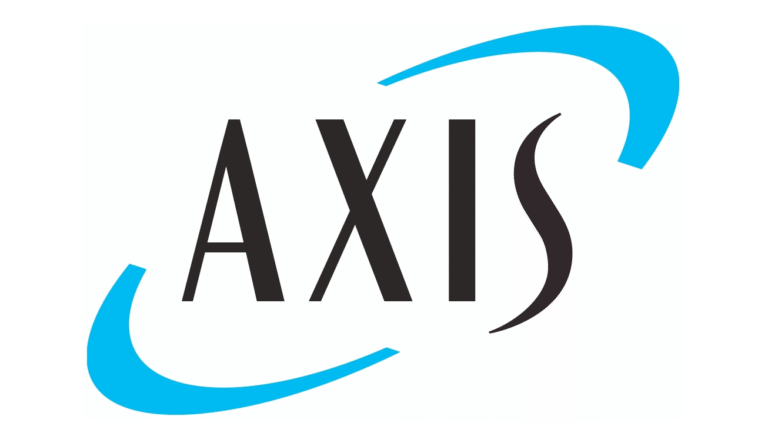
Specialty brokers are “central to closing the innovation gap,” which is driving a widening protection gap, but their ability to innovate could be constrained without more support from regulators, governments, and the wider market, a report published by the London & International Insurance Brokers’ Association (LIIBA) warns.

These risks include rising digital dependency, climate volatility, geopolitical instability, and the increasing dominance of intangible assets like data and intellectual property.
LIIBA’s report, based on interviews with over 200 senior specialty brokers, argues that specialty brokers are the insurance industry’s research and development (R&D) function, not just “distributors of risk.”
They are the first to identify emerging risks, aggregate client demand, and build the data frameworks that make cover possible. They also feed lessons from claims back into product design.
Research also revealed that brokers now dedicate a quarter of their time to innovation-related activities, matching the time they spend on traditional placement.
Christopher Croft, CEO of LIIBA, said: “This research confirms that specialty brokers are the innovation engine of the insurance industry. They identify risks before they are widely understood, build the data that makes them insurable, and work with clients and underwriters to design solutions that drive resilience and growth.
“Closing the protection gap, however, requires more than incremental change — it demands a transformation in how risk is understood, mitigated and transferred, with brokers at the centre of that shift.”
Examples include the creation of cyber insurance products, cover for renewable energy projects, political risk solutions, and supply chain resilience programmes.
While brokers are driving innovation, analysts warn that they face structural, regulatory, and cultural barriers that risk constraining their ability to keep pace with the scale of change.
“In order to close this “innovation gap” – the mismatch between the speed emerging risks are evolving and the pace at which the market can develop insurance solutions to manage these risks – brokers need more support, but their role is often misunderstood and undervalued,” the report stated.
Other barriers include fragmented data, limited capital for new risks, regulatory frameworks designed for consumer markets, and licensing rules that block brokers from deploying expertise globally.
Additionally, culturally, the industry’s reluctance to experiment and low tolerance for failure continue to stifle progress. And too often, broker remuneration is seen as a distribution cost rather than the investment in R&D it truly represents, the report noted.
To address these challenges, the report calls for regulators, insurers, and governments to act decisively.
Its suggests that regulators must expand sandbox environments for supervised experimentation and modernise licensing frameworks. Insurers and capital providers should establish dedicated innovation pools to support the development of solutions for emerging risks.
Additionally, it urges the industry to adopt a new culture of collaboration and experimentation, learning from the technology sector with faster feedback loops and modular product design.
Croft concluded: “Specialty brokers are not just intermediaries; they are architects of solutions to the risks of the future. London, with its scale, expertise and history of innovation, has a unique opportunity to lead this charge. But progress is not optional. If we fail to act, the innovation gap will widen, the protection gap will grow, and economies will be left more vulnerable.
“We are calling for regulators, governments, insurers and brokers to work together to break down barriers, empower innovation and collaboration. If we succeed, we will strengthen resilience, unlock investment and ensure London remains the world’s centre of insurance innovation for the decades ahead.”





